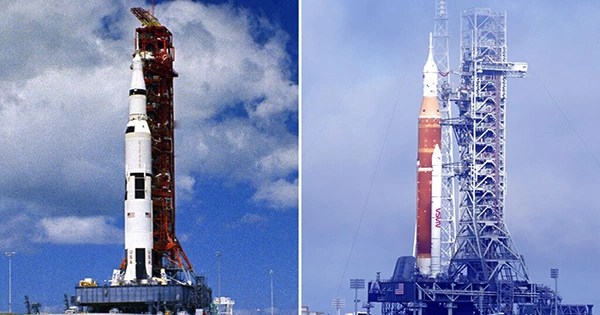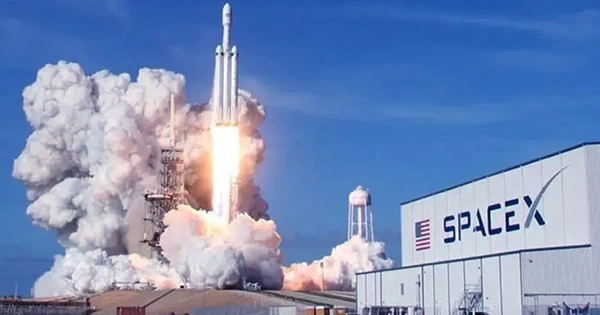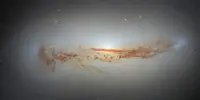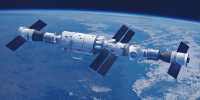Washington: Following inspections that showed only little damage from Hurricane Nicole’s passage through Florida, NASA announced Friday that it still intends to launch its long-delayed unmanned mission to the Moon on schedule next Wednesday.
Senior NASA official Jim Free told reporters that there was “nothing blocking” a launch on that day and that crews from NASA had gained access to the launch pad on Thursday.
The heavy lift rocket, the most potent ever constructed by contractors for NASA, is now scheduled to launch on Wednesday at 01:04 local time (0604 GMT), with a potential window of two hours.

The uncrewed mission, dubbed Artemis 1, will bring the United States a step closer to returning astronauts to the Moon five decades after humans last walked on the lunar surface.
The rocket will propel the empty Orion crew capsule to the Moon, without landing on its surface. If the launch takes place as planned, the mission will last 25-and-a-half days before the capsule returns on December 11 with splashdown in the Pacific Ocean.
On November 4, as the cyclone developed in the Atlantic Ocean, NASA moved the rocket from its protected vehicle assembly building (VAB) to the launchpad. Forecasts at the time didn’t indicate that the storm would get powerful enough to go above NASA’s safety limits for the rocket.
“I believe we would have stayed in the VAB if we had known the night before we were rolling out that it was going to be a hurricane,” Free added.
Forecasts appeared worse as Nicole drew closer. However, planning and carrying out a rollback to the VAB takes time. Winds would be too high by that time for the rocket to be rolled back to the building in a secure manner for nine hours. That puts the rocket’s hardware under stress already. Add strong winds, and NASA is at significant risk.
Free remarked, “We couldn’t return to the VAB and be safe.
Nicole slammed SLS on Thursday with strong gusts as it touched down. Near the top of the launchpad, wind gusts of up to 100 mph were measured by meters. According to Free, none of this went beyond the rocket’s design parameters.
However, according to Free, the US space agency still needs to power up the vehicle and do a few technical checks before the launch.
It might be necessary to replace one component that was possibly damaged on the rocket’s base.
Three times in as many months, the much-anticipated debut has already been postponed.
Free, who oversees the development of NASA’s exploration systems, said two backup launch dates have been set for November 19 and November 25 in case they are required.
The rocket was battered by category 1 Hurricane Nicole’s winds as it was positioned on its launch pad at the Kennedy Space Center. However, according to Free, the wind speeds were not greater than what the car could handle.
He did admit, though, that the SLS rocket would have remained in the vehicle assembly facility if NASA had been aware of the hurricane’s impending arrival.
In order to protect it from Hurricane Ian, the rocket was brought back inside the structure in September. However, only a few days before Nicole arrived, it was moved back outside to the launch pad.
The flagship Artemis program, which aims to send the first woman and the first person of color to the Moon by 2025 at the earliest, will begin with the launch of Artemis 1.
By building a space station in lunar orbit, NASA hopes to establish a permanent human presence on the Moon. This is thought to be the first step in making the first voyage to Mars.















